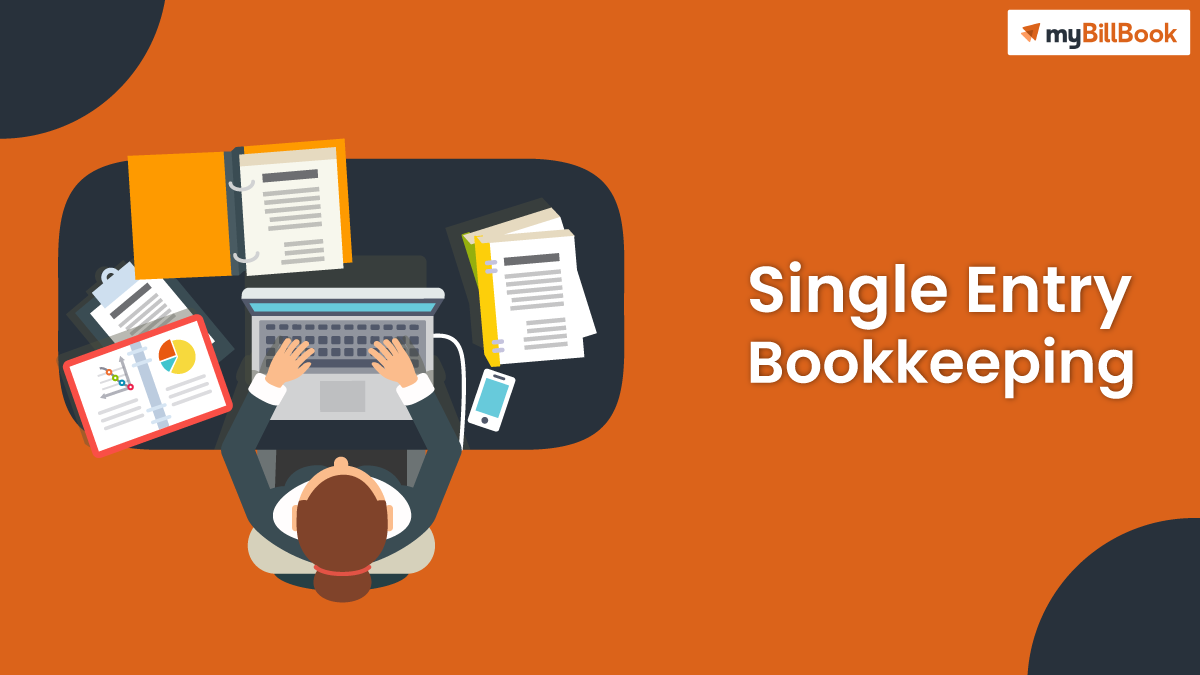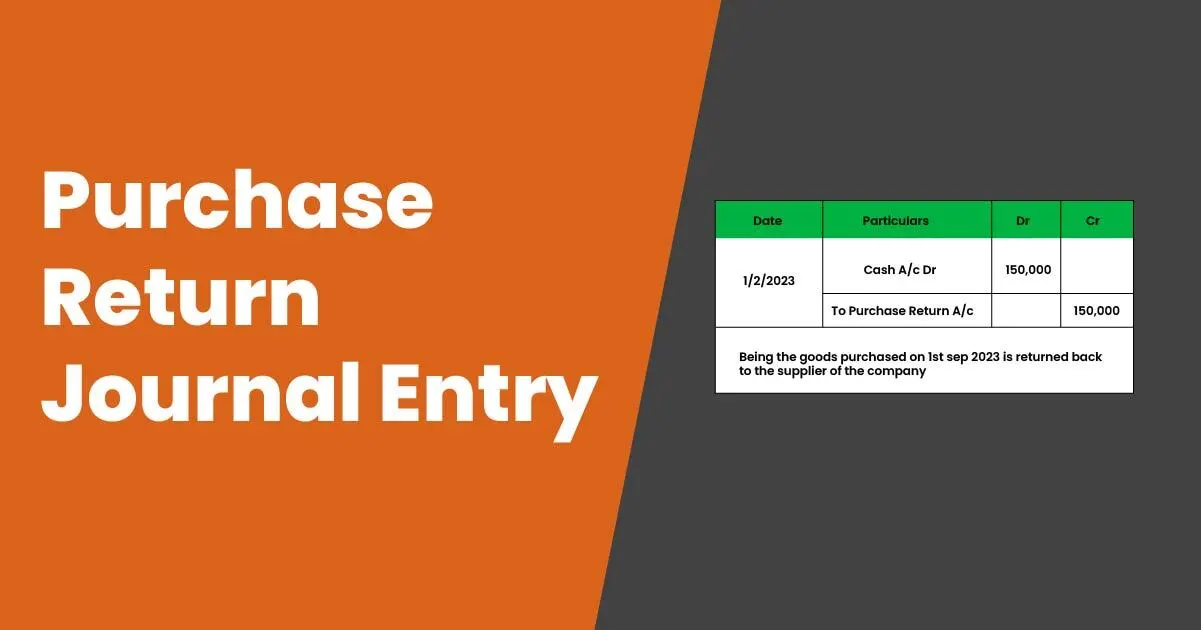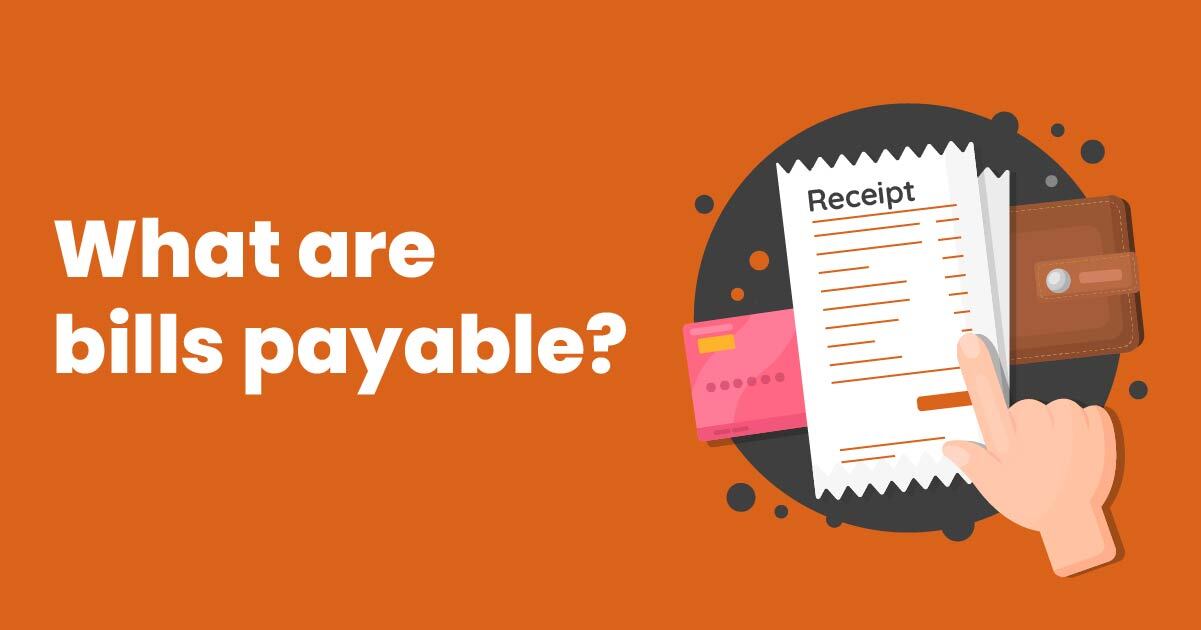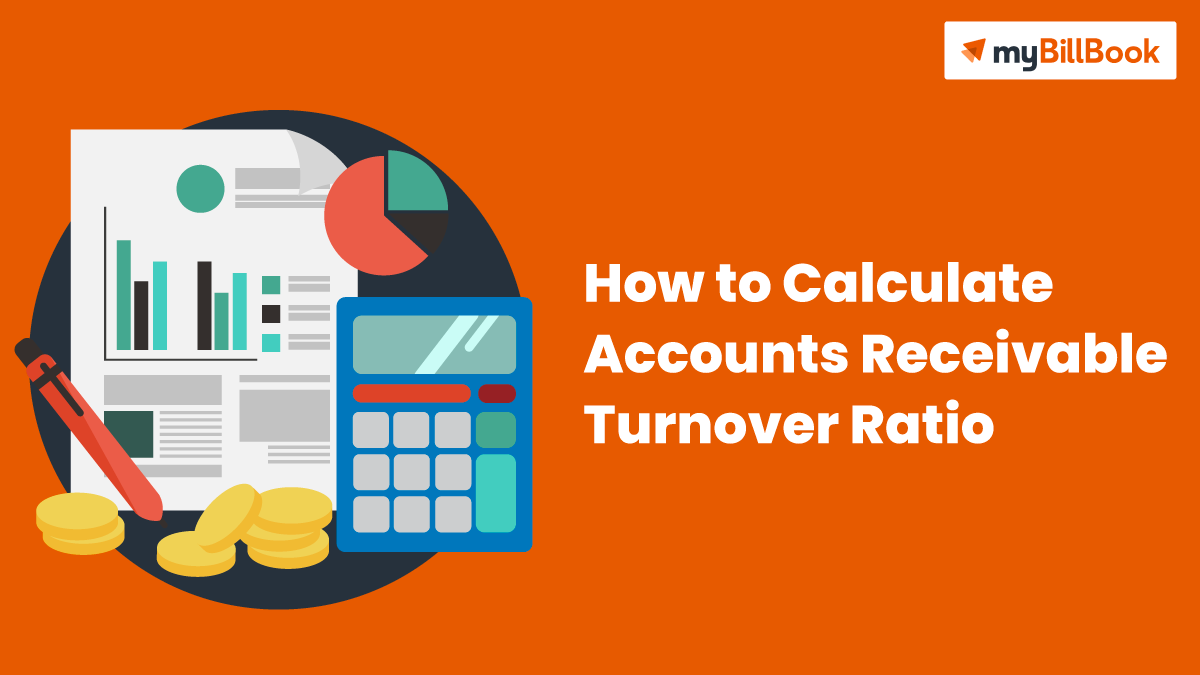All businesses – big or small – need to maintain fine records of their transactions. As the number of transactions increases, it becomes critical to record them in books. Single-entry bookkeeping is a method that lets businesses record their transactions and maintain accounts efficiently.
This guide will help you understand what single entry bookkeeping is, who should be using this method, its advantages and disadvantages, and the differences between single entry and double-entry methods.
What is Single Entry Bookkeeping?
Single-entry bookkeeping is a simple method of accounting with only one entry for each transaction. In this form of accounting, a transaction must be recorded against one category only, either an expense account or an income account. In its simplest form, single entry bookkeeping is recorded in a table or a cash book.
This method of bookkeeping is a concise record of receipts and payments. It can be performed easily using a manual cash book or in a spreadsheet. It is usually used for personal finances, societies, and small businesses, as it is an ideal way to get started with accounting. With only the essentials recorded, the single entry system usually does not require accounting software or a specialist accountant.
Cashbook and its columns
The journal that businesses generally use to record transactions is called a cash book. Single-entry bookkeeping is best done with a cash book, as it contains columns for you to list down all cash transactions.
At a minimum, these are the elements that a cash book records:
Date: The day that the transaction occurs.
Description: The description is for your reference. So, include information that you think will help you reference transactions in the future. However, ensure that you only enter relevant information to avoid cramming the description.
Transaction amount: Place this information either in the income or expense columns. Ensure that you maintain separate columns to record credit and debit. It will help you avoid unnecessary hassles.
Balance: This column records the updated balance of your business each time a transaction is recorded. You can add the income and deduct the expenses based on the transaction.
Reference: This can vary from business to business. You can choose whatever information you think will help you find a particular transaction. By including this column, you can ensure you do not need to waste time finding essential details in the future.
Advantages of Single Entry Bookkeeping
One of the most significant advantages of the single entry system is that it is very straightforward. You don’t need to incur high costs, and people with limited experience can easily do this. It doesn’t require any modern software or complicated training. Any simple spreadsheet with the needed columns is more than enough.
If you are just starting with your business and deal with a limited number of transactions, the single entry system offers everything you need. A significant advantage is that generating the profit & loss (P&L) statements becomes way easier.
In the initial phase of a business, it is critical to watch out for profitability. A P&L statement reflects how profitable your company has been in a specific period. It helps understand how their strategy has performed and whether there is a need to cut down on costs. Single-entry bookkeeping is ideal for producing a P&L statement, and hence, perfect for small businesses.
Disadvantages of the single entry system
Although the single entry system makes it easier to manage accounts, often it doesn’t contain all the required information. As your business grows, this system will not give you access to vital data for strategising for the future.
In this system, it is challenging to keep a record of the assets and liabilities. Even though these are recorded, there is only one entry for each. As a result, it becomes less likely to detect losses and frauds. Since each entry is not matched, a single entry system increases the chance of accounting errors. Moreover, with only one entry, the administration might not have clear insights into the overall company performance.
Who should use the single entry method of accounting?
If your business begins to expand, you might not be able to afford expensive software tools or manual accounting services of an agency. Single-entry bookkeeping is ideal for firms with a low number of transactions and modest revenue.
The best part about this bookkeeping method is that there are no complexities involved. It is the easiest and fastest way to calculate profits – it only includes metrics that are essential for determining a business’ financial health.
This system of bookkeeping is highly relevant and helpful for newly established organisations. It can also prove to be useful for entrepreneurs who are working on their own. Even if your business has grown and involves a high number of transactions, it only makes sense to stick with this system if there are limited metrics involved. Thus, if you are looking for a system that helps you quickly calculate profits and avoid the complexities of double-entry bookkeeping, this is the way to go.
Difference Between Single Entry and Double-Entry Bookkeeping
Entries
As already mentioned, single entry bookkeeping contains one entry for each transaction. On the other hand, double entry bookkeeping records two entries- debit and credit, for each transaction. Usually, separate accounts are maintained for credit and debit, while single entry bookkeeping involves only a single account for a transaction.
Recorded elements
The single entry system forms the basis for cash accounting. As the name suggests, this system focuses on recording cash – when it comes in (revenue) and when it goes out (expenses). Here, cash means monetary value in the form of a cheque, physical cash, card, electronic transfer, or any other payment method.
Double-entry bookkeeping is the basis of accrual accounting. It involves five accounts, including revenue, expenses, liabilities, assets, and equity.
Way of recording
In the small-entry system, businesses record an expense when paid and revenue when it comes in. On the other hand, in the double-entry system, revenues are recorded as soon as they are earned, irrespective of when they are received. And the expenses are recorded as quickly as they are due, whether they are paid or not.








